A Bog in Every Backyard
A premonition or prototype of a world to come, where marginality is to be championed rather than decried.
Imagine yourself stepping onto this soft, spongiform surface. Feel it yielding to your tread. Listen to the squelching, sucking sound as you raise your foot. See the imprint that you leave behind slowly filling with water and fading. Now stop and bend close to the ground. Let the dank smell that comes off the peat invade your nostrils. Plunge your hands below the layer of plant growth and down into brown-black, liquid-solid indeterminacy that lies beneath—a mixture of water and plant and animal remains, built up over hundreds or thousands of years. Feel its texture surrounding your fingers as you move them. Register on your skin the simultaneous contrast and permeability between the overgrown surface and the sticky, amphibious goo beneath. Do you find yourself wondering: what’s down there?
—Stuart McLean McLean, S. (2011) Black Goo: Forceful Encounters with Matter in Europe’s Muddy Margins, Cultural Anthropology 26 (4): 589–619.
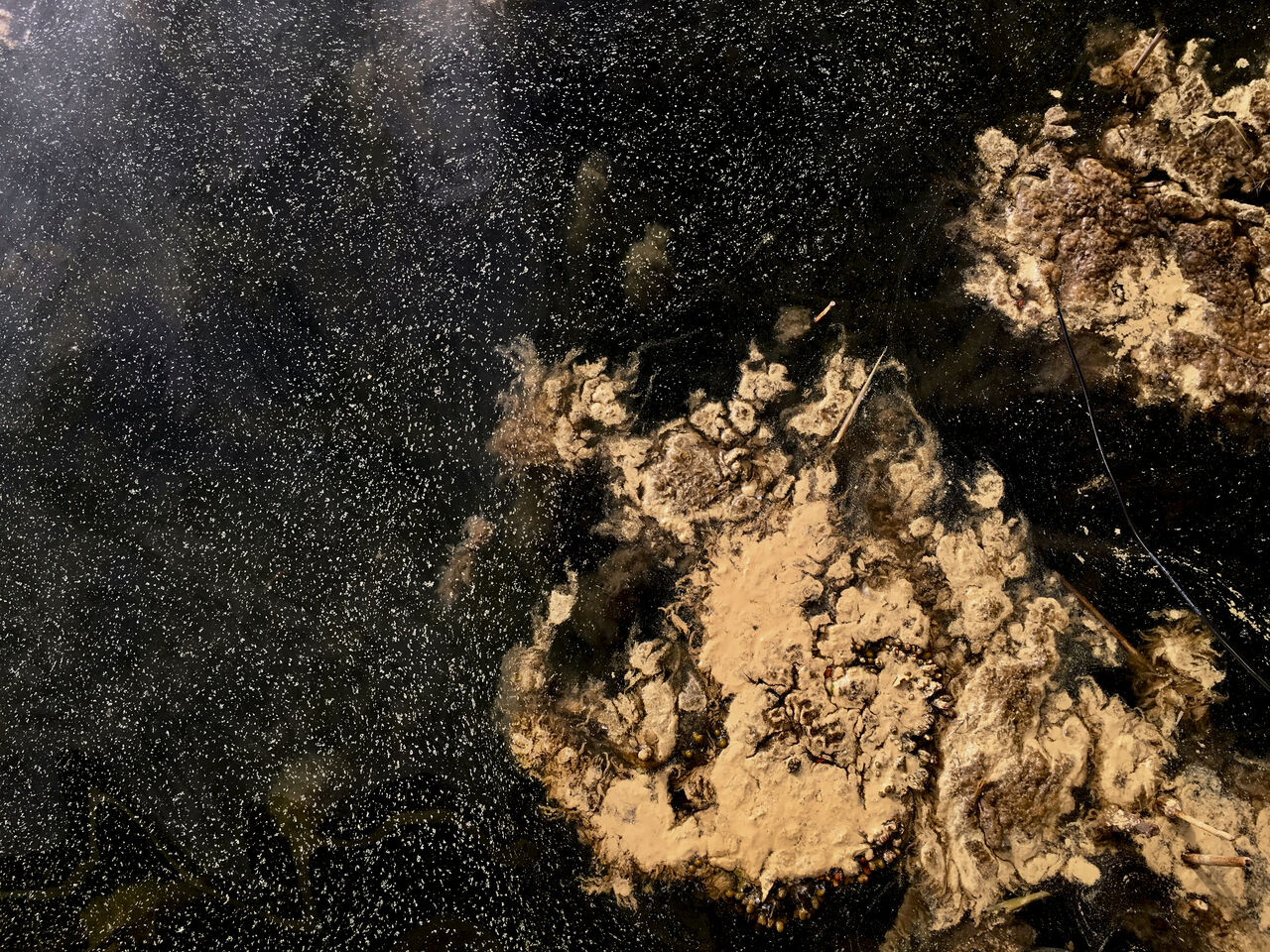
In the 1928 US presidential election, a group of Herbert Hoover supporters placed a newspaper ad claiming eight years of Republican government had succeeded in putting “a chicken in every pot”, and “a car in every backyard, to boot”. “A Chicken for Every Pot”, The New York Times, 30 October 1928. A neat, evocative description of Hoover's prosperity platform (targeting economic growth, infrastructure development, and rising living standards), this was a compact with the voters, channelling earlier rhetoric of gains shared. It also dated poorly, running headlong in the 1929 US stock market crash and Great Depression, which recast such visions and promises in a different, crueller light. A century on, and times have changed. Visions of unending consumer growth remain vulnerable to the cycles of boom and bust, but today also confront the hard limits and thresholds of environmental constraints, carbon footprints, and emissions budgets.
So, I extend an invitation to speculate, to stretch the imagination. Rather than universal poultry and motor vehicles, what if we were to issue a call for “a bog in every backyard”? To recast these intermediate spaces, neither fully solid nor liquid, as a desirable public luxury, something to be valued, celebrated, and cherished. A bog in every backyard. At once a domestication of the bog, a making-homely, bringing it close, shrinking and containing it within the bounds of the property line — and the emboggening of the domus, the fixed, inviolable norms of the household, and the self-contained, single-family home.
As a first step, a starting point, this requires a reversal of earlier eras’ land reclamation and drainage schemes. In 17th-century England, the draining of the eastern Fenlands proceeded as an unlikely mix of homesteading and terraforming. The Crown invested self-described “improvers” and “projectors”, such as the Dutchman Cornelius Vermuyden, to incorporate wild Fennish commoners and their drowned lands into England’s agricultural economy and mainstream society — in exchange for property rights over parcels of the newly-drained land. Alff, D., The Wreckage of Intentions: Projects in British Culture, 1660–1730 (Philadelphia: University of Pennsylvania Press, 2017), 93. Though the reality of these undertakings was far messier, interrupted by failures and setbacks, these projectors succeeded in selling a “compelling, obtainable future” that could be realised through a methodical, clearly-scheduled “reordering of elements” (Ibid: 111).
Today, we can appreciate wetlands as something useful, a provider of ecosystem services — permitting us to input, into our spreadsheets, the value of carbon sequestered, toxins filtered, species supported, flood waters retained. This is the bog as biological supermarket and environmental kidney. But rather than simply a haloed, silver-bullet solution, what if the bog was a bona fide object of desire, a worthy subject for the glossy magazine centrefold? What would permit this leaky, porous entity to stand on its own terms — highlighting its distinct character, the integrity of its ecosystems, rather than its status as a service provider, a buffer or antidote to the damage we've already wrought?
The bog resists scaling. It overspills our categories, its slippery topologies and unstable materialities will not be neatly sliced, or easily contained. So, is this a question of a bog in every backyard, or every yard, house, home, abutting a bog?
Building bogs
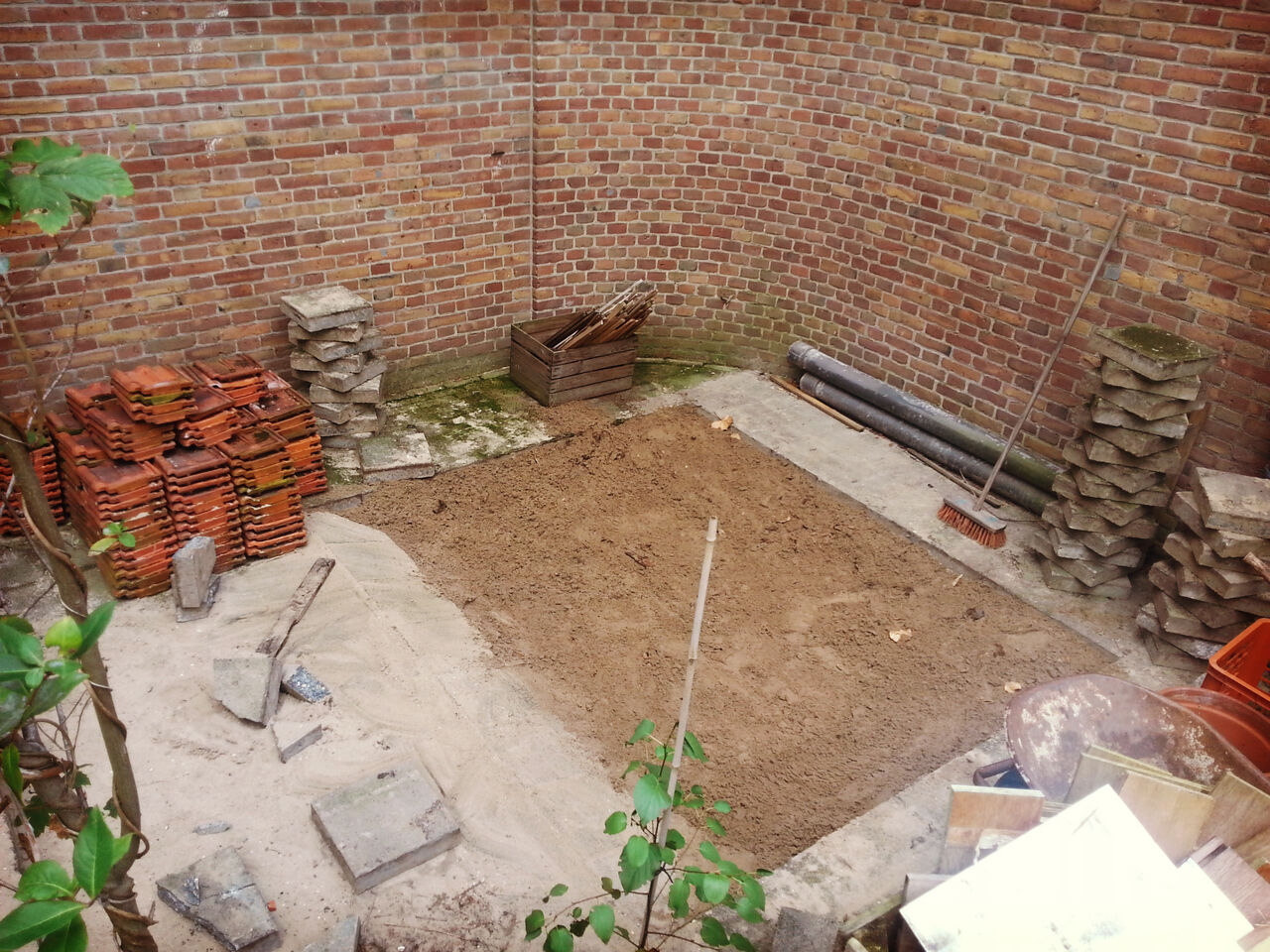
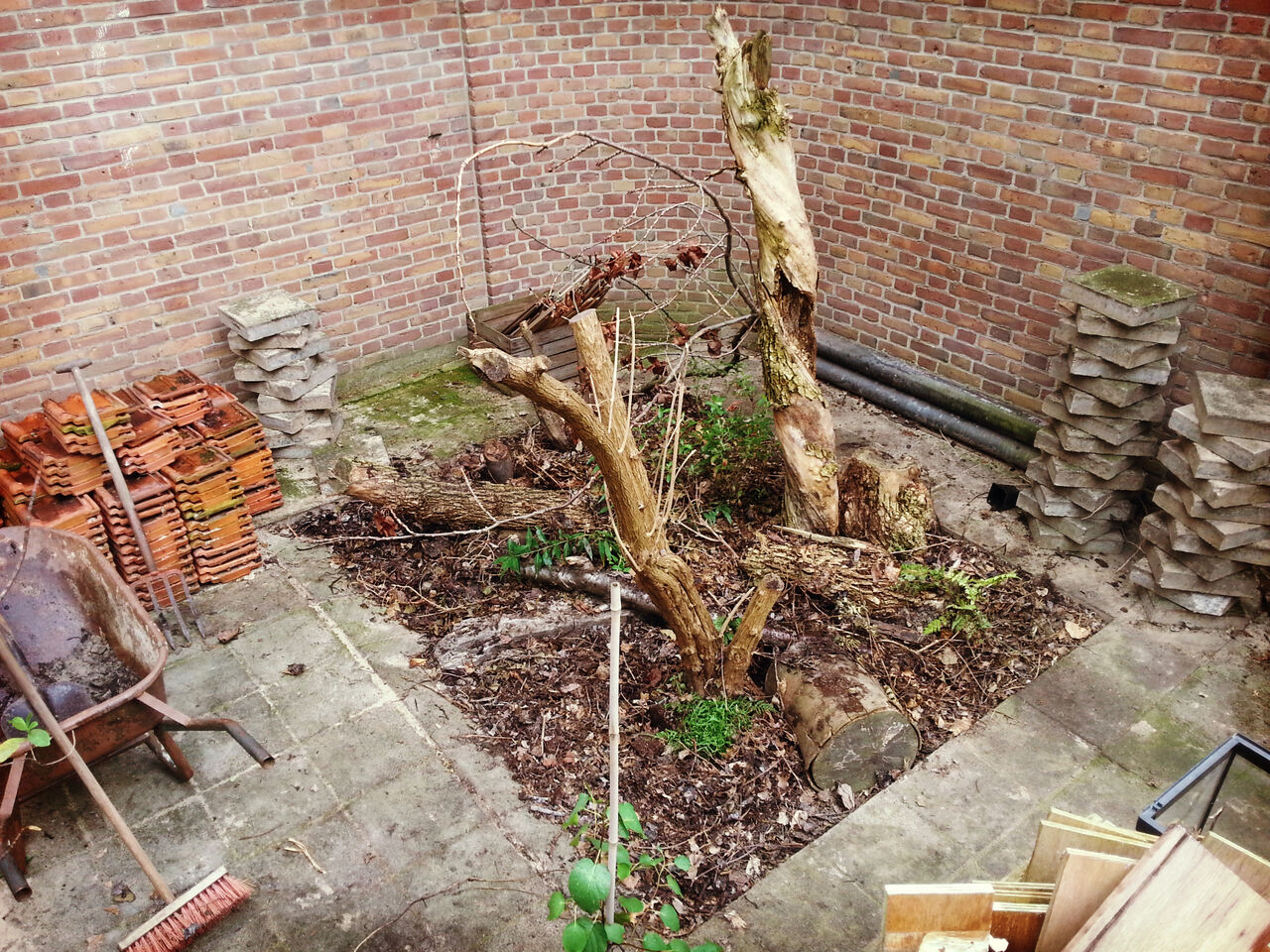
Calls for “a bog in every backyard” prompt questions about materials, logistics, and organisation. Who should be responsible for this undertaking? Start-ups and individual entrepreneurs, following those early-modern English “projectors”. The state or nation, with valued landscapes taken into public ownership. See, for example,: Parekh, M., “Nationalise the Bogs”. Tribune, 23 January 2021. https://tribunemag.co.uk/2021/01/nationalise-the-bogs An updated version, perhaps, of the Tennessee Valley Authority, a US government agency bootstrapped in the 1930s to address unemployment and modernise an afflicted region through public works. Or volunteers, families, and community groups, self-organising “from below”. This bottom-up approach might treat bog-building as a minor, intimate domestic practice, closer to gardening, home composting, or rainwater harvesting than any grand, modernist improvement programmes. And then, what kind of incentives would be required, to steer these actions? Grants, tax rebates, carbon credits, dividends? The esteem and acclaim of one’s peers, neighbours, or descendants?
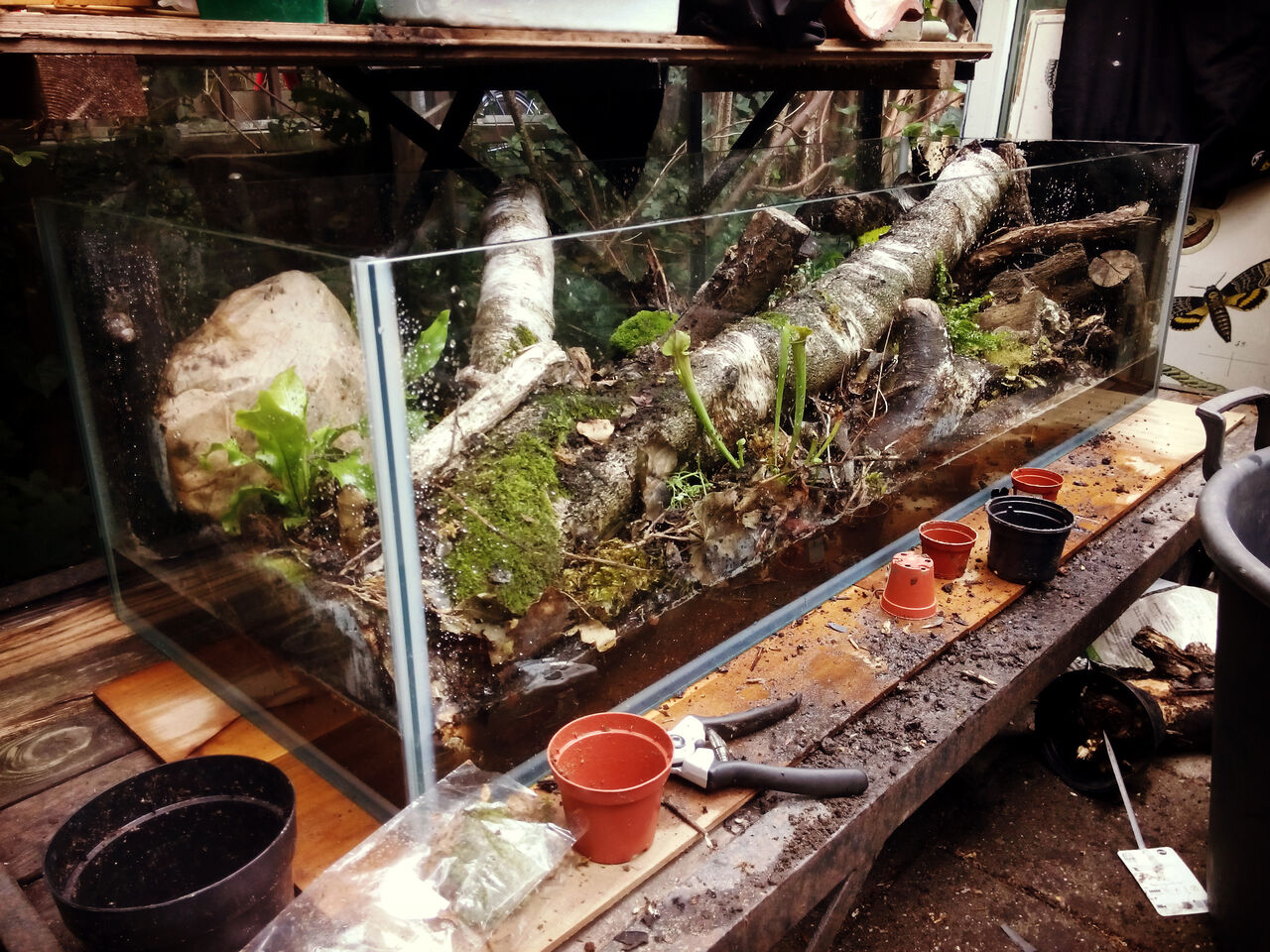
Practical bog encounters
Even as they are to be appreciated on their own terms, the greater proximity of these bootstrapped backyard bogs to homes and households invites their bending to more mundane, quotidian ends. Our emboggening scheme supports the design of new, hybrid landscapes, open to use. More than simply a passive provider of services, our rallying call suggests more sustained, interactive engagements, rooted in attunement and mutual exchange. These would reject the increasingly popular “fortress conservation” philosophy, which seeks to remove valued landscapes from the risks of human disturbance, guarding and isolating them far from any would-be users.
Stretching the possibility space beyond ecomodernism, and infilling the worlds evoked by that initial slogan, the backyard bog could become an emotionally-freighted site for contemplation and ceremony, marking the changing of the seasons or the passage of time. A physically recalcitrant bog landscape, blending solid and liquid, could become a ludic platform, a backdrop for sport or performance, supporting fresh forms of recreation and play. In speculating about such future uses, we can extrapolate from the present activities of those who already interact with bogs and wetlands See, for example: Gearey, M., Church, A., Ravenscroft, N., English Wetlands: Spaces of Nature, Culture, Imagination (Cham, Switzerland: Palgrave Macmillan, 2020), 87-88) — using such landscapes for foraging, berry-picking, mushroom-hunting, photography, bird watching, nature education, plein air painting, orienteering, and kayaking, to name but a few.

In Highland Scotland, people speak of Munro-bagging, adopting the “singular goal” of summiting all 280+ mountains over 3,000 feet, as highly quantified form of topographic trophy-hunting, conquest, and collection. See: Galanis, C. (2020) “The trouble with Munro bagging: Summiting as erasure in the Highlands of Scotland”, in: Borthwick, D., Marland, P., Stenning, A. (Eds.) Walking, Landscape and Environment (London and New York: Routledge, 2020): 83-99. There is, however, no obvious wetland analogue; as geographer Mary Gearey and her colleagues point out: “You can’t ‘bag’ a wetland; there’s no personal best achieved from circumnavigating a bog”. Gearey et al., 2020: 19 As such, any bog-based pursuits must focus less on clear-cut achievements, metrics, or personal bests than somatic, sensory encounters with the bog’s solid-liquid substances, its mud and murmurations; experiences capable of eliciting strong emotions, of “joy, intrigue, frustration, rapture, resignation, bewilderment” (Ibid: 19-20).
These emotional responses encompass the more passive, scopic pleasure arising from natural wonder, but also include feelings of reverence, renewal, unity with nature, and contact with deep time. The bog, here, is a present, tangible reminder of the 'impersonal life of matter': McLean, 2011: 592. the natural and biophysical processes that enable, precede, and necessarily outlast our individual existences. Sensory encounters with bogs, their denizens (including mosquitoes and leeches, and murky materialities could scaffold shifts in perspective, fostering an appreciation of the insignificance of mundane human concerns. Some people might come to knowingly pursue such experiences, donning bog shoes to realise an ever-greater proximity to the bog.

Boardwalks and bog shoes
Bogs and wetlands are nether regions. Low-lying, almost of the underworld, they squat “between sky and liquid earth, where the soft terrain and incumbent water meet human weight... person and landscape become connected at ankle, knee, groin; sinking down.” Gearey et al., 2020: 5. If the bog is best appreciated first-hand, unmediated, we must consider ways to admit bodies to a landscape that is often inhospitable, and notoriously difficult to traverse. Operating within the logic of the tourist economy, this challenge is typically met with new infrastructure; an additive apparatus of boardwalks and viewing towers, threaded through this larger landscape to mitigate the unease of soft, wet, uncertain ground.
Contemplating different kinds of engagement, we might imagine a future mainstreaming of snowshoes or bog shoes — small, typically plastic devices that can distribute the wearer’s weight more widely, preventing them from sinking into the spongy, often fragile vegetation. Wetland managers and tourism providers in Estonia’s Sooma National Park already offer bogshoeing hikes, permitting visitors to “leave the boardwalks and explore the more remote areas of the [national park]”. Ramsar, UNWTO, Destination Wetlands: Supporting Sustainable Tourism. (Madrid, Spain: Secretariat of the Ramsar Convention on Wetlands, Gland, Switzerland, & World Tourism Organization (UNWTO), 2012), 46. Following this precedent, we might set out to alter, modify, or equip the individual user, imparting new practices and techniques, rather than relying on costly, landscape-scale infrastructure. As one possible example, consider the multiple re-inventions of stick-assisted Nordic walking in countries as varied as Japan, Norway, and the United States. See: Shove, E., Pantzar, M. (2005) “Consumers, producers, and practices: Understanding the invention and reinvention of Nordic walking”. Journal of Consumer Culture 5 (1): 43-64. This would help achieve a greater bodily proximity to the bog landscape, while mitigating some of its negative valences. The remaining difficulties of bog traversal could become an asset, allowing enthusiasts to demonstrate their skill through competition or physical ordeal.
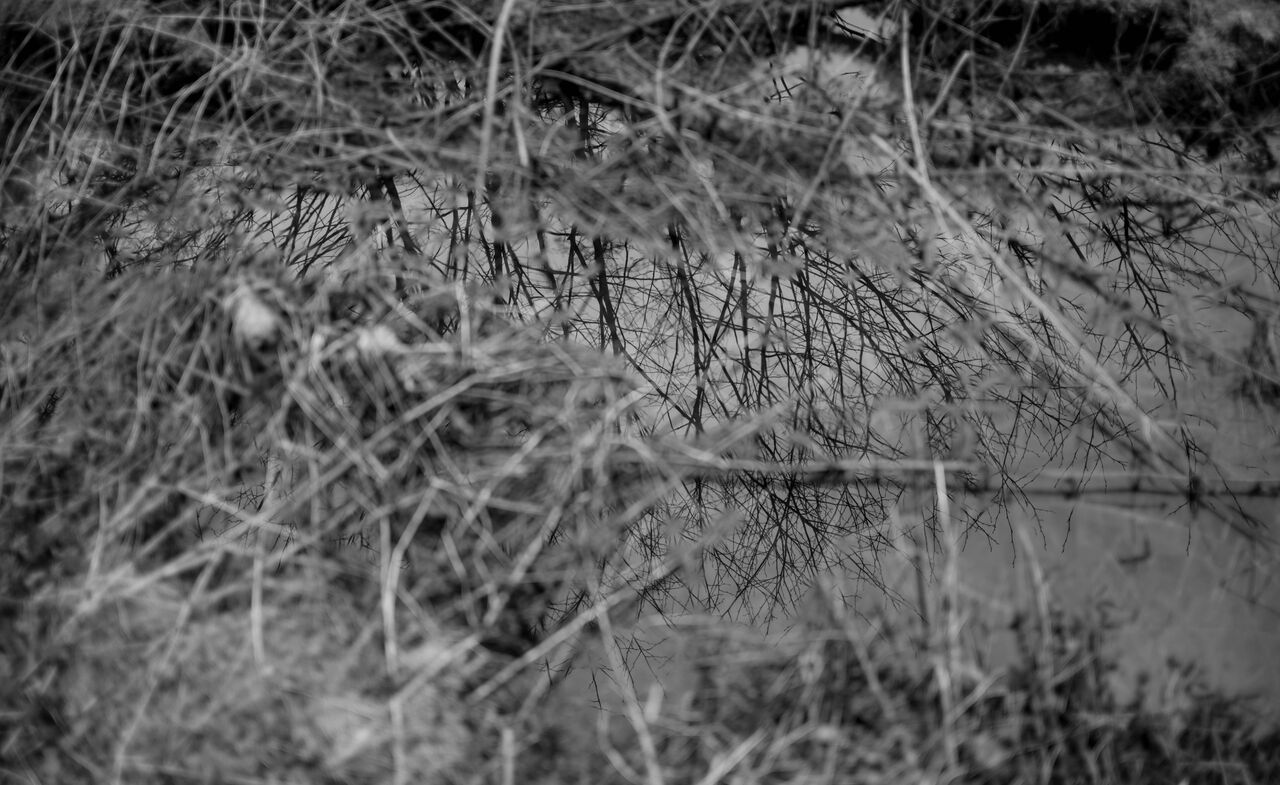
Warehouse, repository, time machine
Within the peat bog, verticality is a bipolar continuum of life and death. Open to the air, the uppermost layer is biologically active, supporting a biomass of living organisms, plants, and microbes, alongside decomposing matter. A lower layer comprises litter from these processes of decomposition. Saturated with liquid and starved of oxygen, this litter is unable to decompose further, cloaking and preserving an underlying layer of dead matter, which anthropologist Richard Irvine dubs necromass. Irvine, R. (2020) An Anthropology of Deep Time: Geological Temporality and Social Life(Cambridge, UK: Cambridge University Press, 2020)
In April 2017, Amazon filed a patent for “storing items in liquid-filled environments, and retrieving items therefrom” (US Patent No. 9,624,034 B1). The suggested storage facility could be an existing, “natural body of water” (ibid.), such as a lake, bay, fjord, river, or bog. Inventory was to be sealed in watertight boxes or containers, which would be deposited “into a pool, a vat, or another... body of a liquid medium” (ibid.). The practicalities of deposit and retrieval are left deliberately vague, to be undertaken “by humans or other animals, autonomous mobile robots, watercraft, aircraft” (ibid.), among other means.
This patent parallels the long-established use of the bog’s anaerobic properties to preserve placed objects, wooden artifacts, bodies such as that of the Tollund Man — and even butter, which has remained edible after centuries, even millennia, beneath the watery surface. See, for example, Green, C., “Bog Butter Barrels and Ireland's 3000-Year-Old Refrigerators”, JSTOR Daily, 19 October 2017. https://daily.jstor.org/irelands-3000-year-old-refrigerators/ We might think, too, of beliefs and lore about hidden treasures; as in Arthurian legend, where the Lady of the Lake retains the sword Excalibur, outside time, in her enchanted mere. Bogs and wetlands can freeze and compress time, serving as repositories of matter and memory. In a similar way, our backyard bogs might operate as time capsule, self-storage unit, household archive, object library, and even—at a stretch—a refrigerator or pantry; with drones collecting, say, a cordless drill or preserved ham summoned to the surface from the peaty ooze.
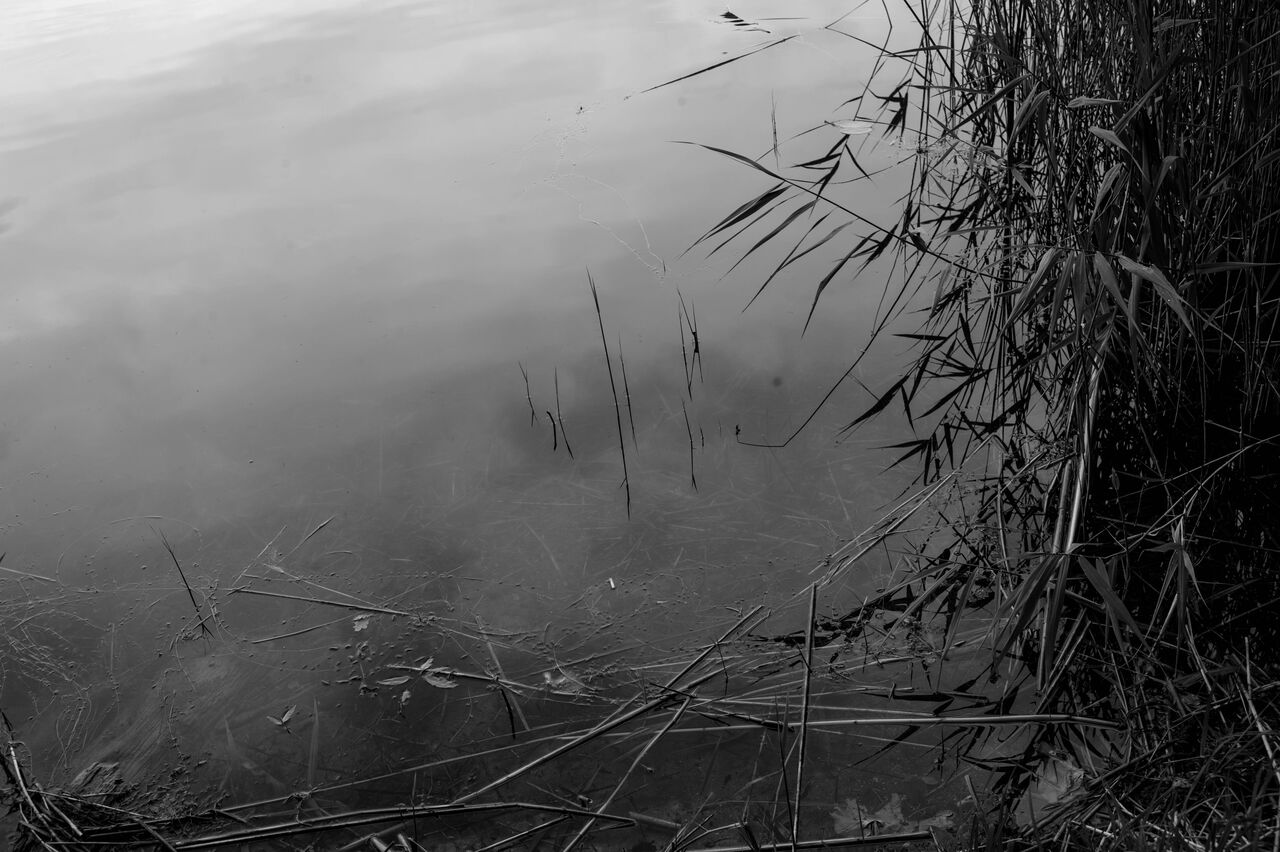
A fringy mosaic
A bog in every backyard? In creating a fringy, porous mosaic of innumerable pocket wetlands, linking ever-changing land and waterscapes over vast distance, our bog-building programme could be a key component of our adaptation to climate impacts; providing refuge for displaced wildlife, distributed watering holes amid drought, even emergency supplies for those fighting wildfires.
In earlier eras, wetlands were spaces of “radical, delinquent and subversive intent”, providing refuge for commoners, peasants, outlaws, and deserters, pockets of resistance contributing to their societies’ “incremental transformation”. Gearey, M., Church, A., Ravenscroft, N., English Wetlands: Spaces of Nature, Culture, Imagination (Cham, Switzerland: Palgrave Macmillan, 2020), 2. They were protective niches, in which people could sustain their traditional livelihoods; an unincorporable “outside” to reformist projects of modernisation and enclosure. Ibid, 99.) For as long as it remained apart from established values, retaining a sense of danger and otherness, the bog and its inhabitants were left to their own devices.
Our backyard bogs seek to resurrect the value of this “palpably active obscurity and ontological elusiveness” McLean, 2011. A premonition or prototype of a world to come, where marginality is to be championed rather than decried Gearey et al., 2020: 121. ; a brackish world of rising tides, saltwater ingress, forced retreat, invasive species, and weird weather. In this world, these shrunken, pint-sized, mosaic bogs could be a solvent for the nuclear family, the excesses of conspicuous consumption, and the rigid, policed border of the home property line.
A fully-costed business plan, a printed spreadsheet, a sheaf of papers secured with a staple or clip, sinking now, slowly, below the surface of this low, dark body of water, big skies reflected in its mirrored surface.
Prised from the paws of the ecomodernists, our backyard bog needs no cockpit, no dashboard. More bottle garden than machine, wind it up and let it go.
Black goo in the shower, sphagnum in the kitchen sink. Sodden clods of wet earth. A murmuration of starlings stretching and massing overhead, an elastic ball of avian bodies caught in flight.
❧
Further Reading & references can be found in the bibliography.

